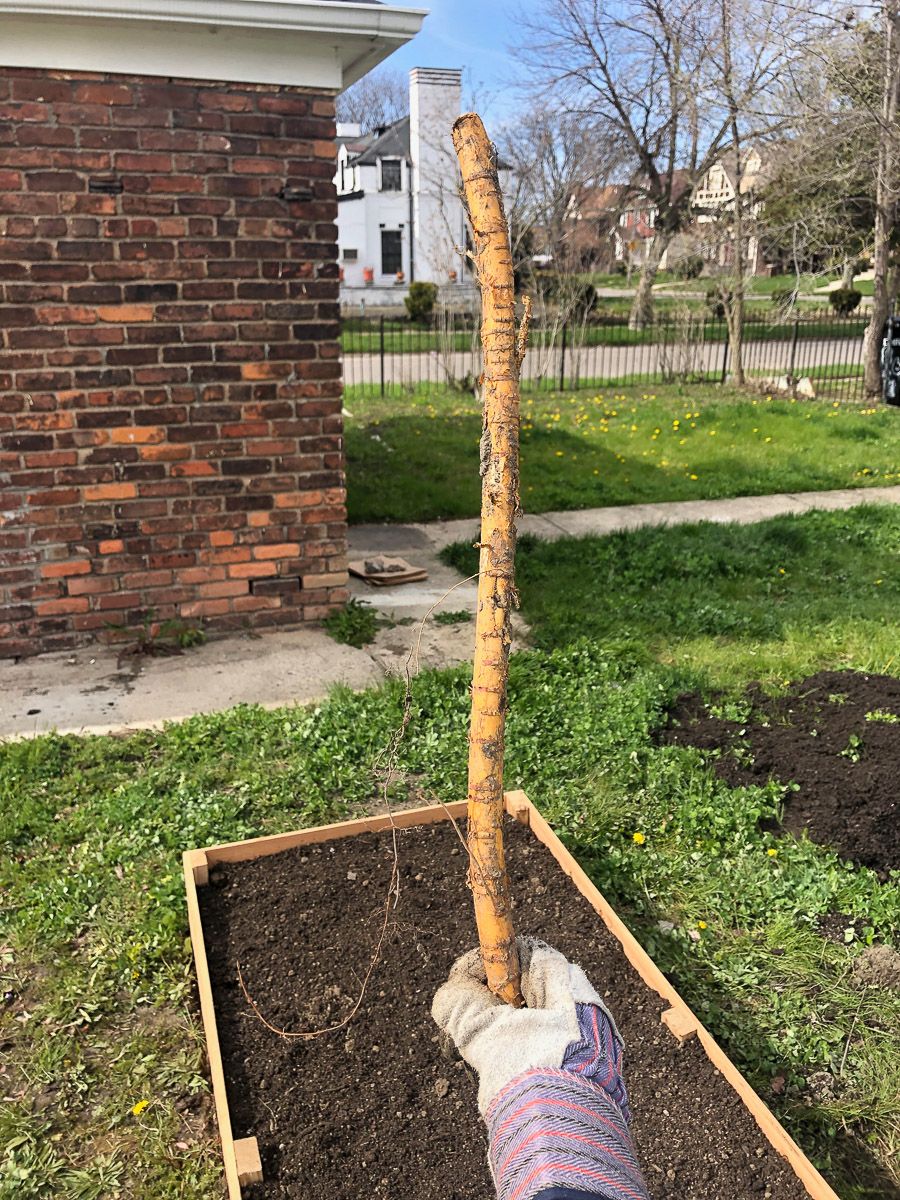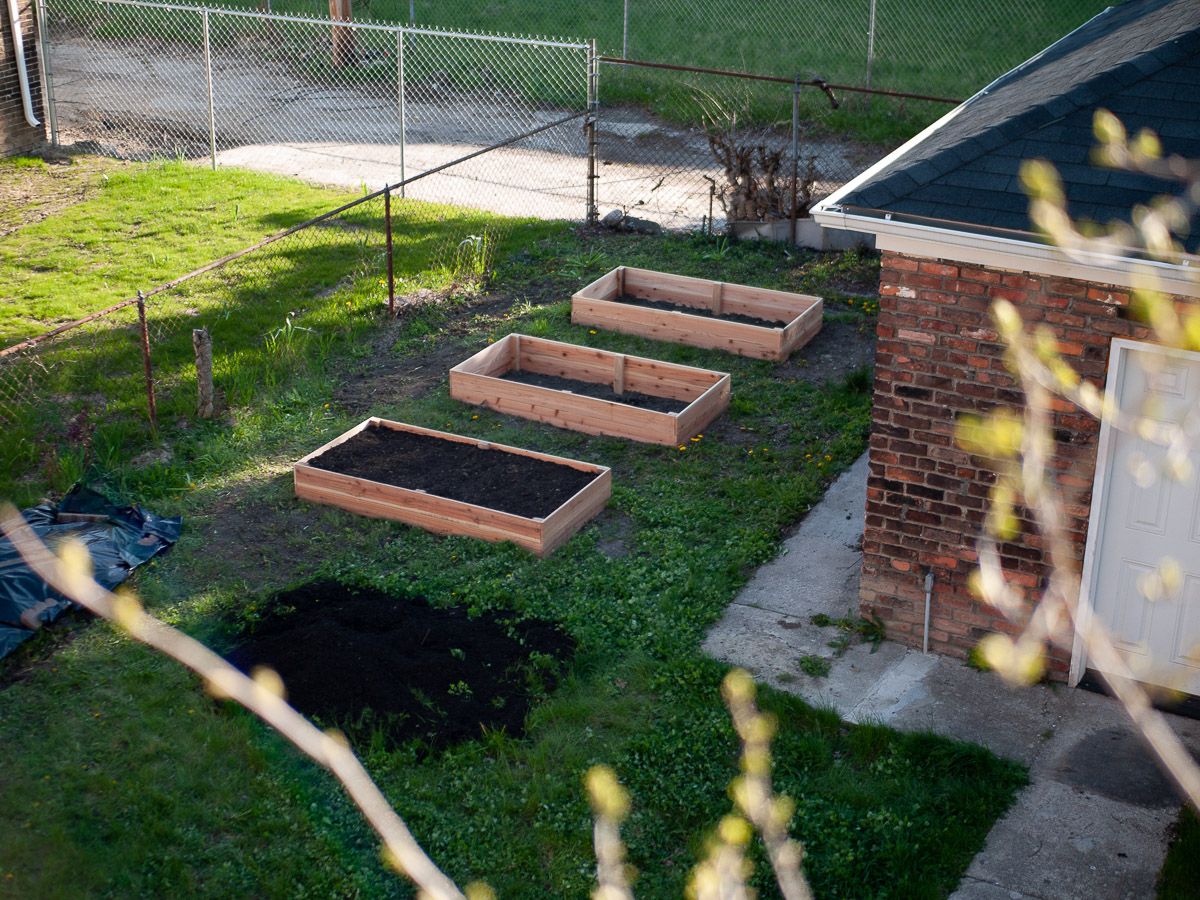Notes back from my editor. And after a couple of months away, I’m finishing my own re-read of manuscript draft number two. I was going to write to you about my new routine this week, but that’s taking longer to wrangle than expected, so I’ll save it for a future letter. Instead I’ll talk about our garden.
We’re putting raised beds in our backyard. Split a large compost delivery with a few of our neighbors and made a run to the orange big-box store for topsoil and peat moss. If I sound like I’ve done this before, I haven’t. I mistakenly wheelbarrowed the first yard of compost over from the neighbors’ before the boxes were built and ready to fill – so we had to shovel a second time. Within two minutes of cutting the sod from under where the boxes would go, I had a dime-sized blister in the middle of my palm. We’re picking up the rest of our compost tomorrow; I’ve started wearing gloves.
The last time I planted anything was in middle school – seeds in soil in a science-class biodome made from an empty two-liter pop bottle. As an adult the only thing I’ve grown on a non-microbial level involves throwing green onion butts into a mason jar with water. Low-maintenance houseplants regularly die on me and high-maintenance herbs quickly shrivel past the point of rehydration. But the thought of going out into the yard and plucking a ripe tomato to make bruschetta or pizza sauce for that night’s dinner is good incentive to learn. Just being outdoors in the sun these days is impetus enough, actually. I spent the afternoon yesterday and today staking the boxes, laying the old sod into a separate compost heap, cutting weed tentacles from the back fence with a hand saw, unearthing mysterious saffron-colored cords thick as my thumb, power lines to a secret jungle laboratory.

While I was doing all this I was noodling with story ideas in the back of my mind, and thinking about Christopher Alexander again. Particularly the bit in A Pattern Language on “Site Repair,” where he says, counterintuitively, that if you are going to build on a piece of land, you don’t do it on the best part. No – you do it on the stony, stagnant part, where little grows, where garbage accumulates:
We must treat every new act of building as an opportunity to mend some rent in the existing cloth; each act of building give us the chance to make one of the ugliest and least healthy parts of the environment more healthy – as for those parts which are already healthy and beautiful – they of course need no attention. And in fact, we must discipline ourselves most strictly to leave them alone, so that our energy actually goes to the places which need it. This is the principle of site repair.
A good consideration before starting anything new. But as I worked today I thought, too, of the stony, stagnant, areas of existing manuscripts, and of existing websites and design systems. These spots are often the most unpleasant, most uncomfortable to address; their mud sticks to the bottoms of our shoes. When it comes to our stories, they may be the unresolved conflicts between characters, particularly ones inspired by or similar to conflicts unresolved in our own lives. Very often we’d rather fiddle with what’s working, so as to spend more time basking in the already healthy and beautiful, and less in the bog.
But it’s also these same areas that the transformation is most visible. To see and be surprised by one’s progress at the end of a session is, for me, one of the deepest joys of being a writer. And if the thought of that isn’t enough to get you started – which it sometimes isn’t – then maybe the trick is to set your mind on that tomato, perfectly ripe on the vine, months away.
